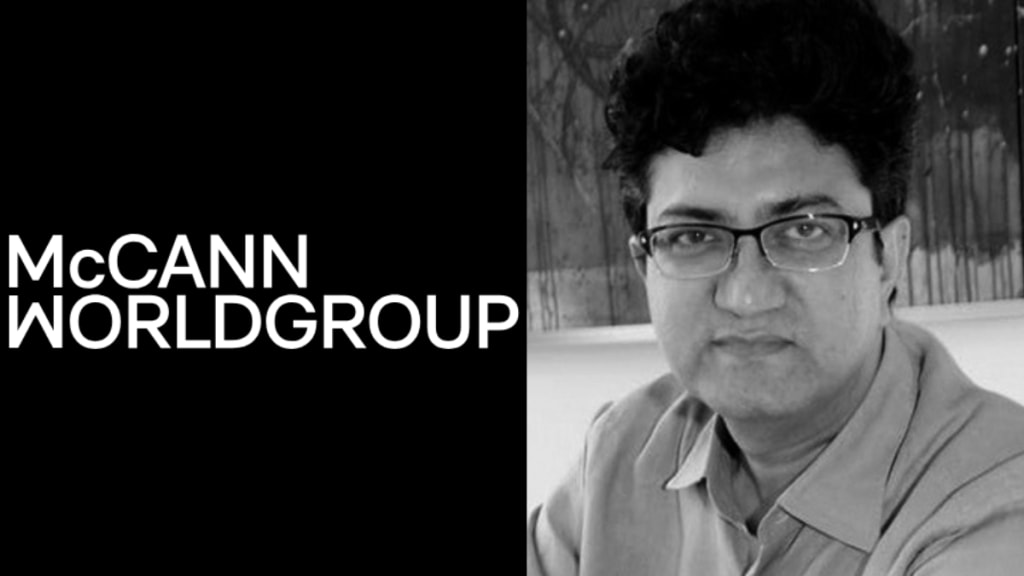From decoding rural idioms for Coca-Cola’s campaigns to advising brands on artificial intelligence’s role in the creative process, Prasoon Joshi has long been at the intersection of culture, commerce and communication. Joshi, who is chairman, McCann Worldgroup, Asia Pacific, and CEO & CCO, McCann Worldgroup, India, believes that authenticity remains a brand’s most valuable currency. During an interview, he tells Geetika Srivastava why human leap beyond data will continue to define creativity. Excerpts:
Mark Zuckerberg’s AI vision for advertising leaves no room for the traditional creative agency. Your take.
I believe AI sharpens rather than diminishes human creativity. AI, after all, is rooted in human-produced data, our words, our images, our histories, our decisions distilled into material. It feels transformative because it recombines the familiar with unprecedented speed and some polish. What sets human creativity apart is our ability to make irrational leaps—the instinctive break of pattern. This is something AI will find hard to replicate.
AI can refine what is known, but it cannot reach into the “avyakt” — the unexpressed. That which is yet unsaid, the instinct to wander where there are no paths, to hear what has not been heard. Creativity is not a tidy arrangement; it is rupture. Humans, uniquely, can disobey even their logic. That disobedience—the ability to surprise not only the world but ourselves—is the heartbeat of imagination. As machines master the obvious and tidy the familiar, they leave us free to explore what lies beyond pattern: the ambiguous, the unformed, the unspoken. Creativity will live wherever data ends and daring begins.
Where does “culture” fit in in all this?
Cultures exist in different life stages–economically, socially and historically. Some are nascent, some maturing and others rooted in centuries-old traditions. A nuanced understanding of both the global brand as well as the local culture is crucial. Local culture is not a constraint; it’s a source of depth. The key lies in finding the cultural cues that let your brand resonate meaningfully. This approach widens the reach and connects the contours of the brand with the consumer.
For instance, in ‘Coca Cola’s Thanda’ campaign, I used the image of mangoes being dunked in a well–a rural method of cooling–to parallel Coca Cola bottles being cooled in the same manner. It was a global brand speaking in a local idiom. It was relevant and confidently presented in a local context. When each market finds ways to express the brand through it’s own lexicon, symbols, and rituals, the brand’s global value grows organically, not as an imposition but as a cultural co-creation.
That was 2003/04. With media consumption now scattered across multiple platforms, how has your approach to building a brand narrative changed?
In the age of shorter attention spans, limitless content and multiple touchpoints, the risk of a fragmented narrative is real. The audience is no longer passive, it’s a collaborator. Hyper-personalisation and moment marketing can be powerful tools and data can help maintain coherence.
But here’s the challenge: Is the central narrative being worked upon and being strengthened? It’s very well to say, “Let’s craft a tune and then, like jazz, let each platform improvise and build. But even jazz has a deliberate chords sequence. New notes work only when anchored in a shared harmonic foundation. The multiple platforms and tech tools need to accentuate the central brand voice and core message.
So, even in the tactical ‘here and now’, I try to be conscious of an overall brand image, to check if every execution reinforces the brand’s soul. Without a central brand custodian, the core can get opaque rather than amplified. The thread is emotional coherence — wherever audiences encounter you, they should sense the same brand spirit.
Do you think brands today have the appetite for impact while chasing quarterly results?
It’s not about choosing between impact and profit; it’s understanding that cultural equity and social impact, once built, compound faster than media spends. In my opinion, we are witnessing the re-emergence of long-term brand building, as clients are realising that without building intangible value or emotional connect, they will neither be able to distinguish their brand, nor charge a premium.

